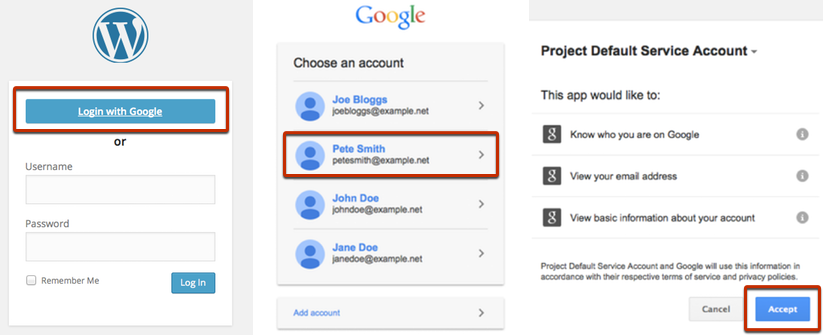There is a useful trick in Google Drive whereby you can allow a file to appear in multiple folders at the same time. This means that any changes made to the file within one folder will be reflected immediately in the others – because it is exactly the same file, not a duplicate in any way. This is handy if the hierarchy of your Drive means that a file really does belong in more than one place if you expect users to be able to find it.
Our video mini tutorial shows you the different ways this can be achieved using the latest Google Drive website. It covers:
- Regular file duplication (as an example of what we are not talking about)
- Linking from within the Document – adding to another folder when you are editing e.g. a Google Spreadsheet
- Unlinking from a parent folder – how to remove the file from the folder we just added it to
- The “Shift-Z” shortcut bringing up the Add To dialog from Drive main page
- Drag-and-Drop using the Command Key to add to instead of move
We hope you find it useful!
